Best SSD For RAID: How To Apply It In Your Business

I think there's an issue with my storage device, but I'm not sure
Start a free evaluationWhen it comes to storage technology for your business, you may be wondering if an SSD RAID is the best option. And, as a good manager, before changing your entire system, you’re looking for information and details about the benefits of using a RAID with SSDs and see if it’s worth setting up an SSD RAID. In this article, we present how to use an SSD RAID as your company’s storage system and how you can find the best SSD for RAID.The best solid-state drive for RAID is not necessarily the most expensive or the newest model on the market. In general, any modern SSD will offer good performance for a RAID array. The key is to choose an SSD with a good read-and-write speed and reliability.
TOP SUMMARY: By taking the time to choose the best SSDs for your needs and following best practices, you can ensure that your data is well-protected and that your business can take advantage of the benefits of using a RAID array.
How to choose the best SSD for RAID
By taking the time to choose the best SSDs for your needs, you can ensure that your data is well-protected and that your business can take advantage of the benefits of using a RAID array.
Speed
When it comes to speed, the SATA III interface is currently the best option available. With a maximum transfer rate of 600MB/s, it provides enough bandwidth for even the most demanding applications. If you are looking for even higher speeds, you can consider using an NVMe SSD. These devices use PCI Express lanes instead of a SATA connection and can offer transfer speeds of up to 3500MB/s. However, they are more expensive than SATA SSDs and are not compatible with all motherboards. Therefore, check compatibility connections before investing in NVMe SSD.
Reliability
Reliability is also an important factor to consider when choosing an SSD for RAID. All SSDs will eventually fail, but some are more reliable than others. To find out how reliable an SSD is, you can look at its mean time between failures (MTBF) rating. This is the average amount of time that a driver can operate without failing and is typically expressed in hours. The higher the MTBF rating, the more reliable the drive is likely to be. You can also check for the disk total terabyte write (TBW), which indicates the total amount of terabytes of data that an SSD can write in its lifetime.
Manufacturer warranty covers
No matter which SSD you choose for your RAID array, you should make sure that it comes with a good warranty from the manufacturer. This will give you peace of mind in knowing that if something does go wrong, you will be covered. Check how long the warranty lasts and also the type of damage that it covers.[fusion_code]PGRpdiBjbGFzcz0ic2xpZGluZy10YWJsZSI+CiAgPHRhYmxlIGNsYXNzPSJjb21wZXRpdG9ycy10YWJsZSI+Cjx0aGVhZD4KPHRyPgogICAgICAgICAgPHRoPjwvdGg+CiAgICAgIAk8dGg+PHN0cm9uZz5TaXplPC9zdHJvbmc+PC90aD4KICAgICAgCTx0aD48c3Ryb25nPlJlYWQvV3JpdGU8YnI+U3BlZWQ8L3N0cm9uZz48L3RoPgogICAgICAJPHRoPjxzdHJvbmc+VEJXPC9zdHJvbmc+PC90aD4KICAgICAgCTx0aD48c3Ryb25nPldhcnJhbnR5PC9zdHJvbmc+PC90aD4KPC90cj4KPC90aGVhZD4KPHRib2R5PgogICAgICAgICAgPHRyPgogICAgICAgICAgPHRkPjxzdHJvbmc+V2VzdGVybiBEaWdpdGFsIFJlZDwvc3Ryb25nPjwvdGQ+CiAgICAgICAgICA8dGQ+NTAwR0I8YnI+CjFUQjxicj4KMlRCPGJyPgo0MVRCCjwvdGQ+CiAgICAgICAgICA8dGQ+NTMwTUIvczxicj4KNTYwTUIvczxicj4KPC90ZD4KICAgICAgICAgIDx0ZD4zNTA8YnI+CjYwMDxicj4KMTMwMDxicj4KMjUwMAo8L3RkPgogICAgICAgICAgPHRkPjUgeWVhcnMKPC90ZD4KPC90cj4KICAgICAgICAgIDx0cj4KICAgICAgICAgIDx0ZD48c3Ryb25nPlNlYWdhdGUgSXJvbldvbGY8L3N0cm9uZz48L3RkPgogICAgICAgICAgPHRkPjI1MEdCPGJyPgo1MDBHQjxicj4KMVRCPGJyPgoyVEI8YnI+CjQxVEIKPC90ZD4KICAgICAgICAgIDx0ZD41NDBNQi9zPGJyPgo1NjBNQi9zCjwvdGQ+CiAgICAgICAgICA8dGQ+MzAwPGJyPgo3MDA8YnI+CjE0MDA8YnI+CjI4MDA8YnI+CjU2MDAKPC90ZD4KICAgICAgICAgIDx0ZD41IHllYXJzCjwvdGQ+CjwvdHI+Cjx0cj4KICAgICAgICAgIDx0ZD48c3Ryb25nPldlc3Rlcm4gRGlnaXRhbCBCbHVlPC9zdHJvbmc+PC90ZD4KICAgICAgICAgIDx0ZD4yNTBHQjxicj4KNTAwR0I8YnI+CjFUQjxicj4KMlRCPGJyPgo0MVRCCjwvdGQ+CiAgICAgICAgICA8dGQ+NTI1TUIvczxicj4KNTUwTUIvcwo8L3RkPgogICAgICAgICAgPHRkPjEwMDxicj4KMjAwPGJyPgo0MDA8YnI+CjUwMDxicj4KNjAwCjwvdGQ+CiAgICAgICAgICA8dGQ+NSB5ZWFycwo8L3RkPgo8L3RyPgo8L2JvZHk+CiAgPC90YWJsZT4KPC9kaXY+Cgo=[/fusion_code]
What RAID is best for SSD
You can use SSDs for any type of RAID since the most recent bays are compatible with both SATA and NVMe. However, RAID 10 is the best option for SSD.An SSD RAID configuration at level 10 uses a RAID stripe and mirroring. This provides high fault tolerance when using a minimum of four SSDs. SSD RAID 10 also offers high performance. The downside is it has low storage efficiency, with only 50% of effective storage capacity in a four-disk solid-state drive RAID array.
RAID Calculator: Learn the RAID configuration requirements, redundancy, parity, and disk availability with our real-time RAID calculator. This feature can help you choosing the best combination of RAID configuration and SSD.
What are the best practices for using a RAID with solid-state drives?
There are a few best practices that you should follow when using an SSD RAID:
- Use a minimum of two SSDs in your array to ensure data protection in case one drive fails.
- Use drives from the same manufacturer and model number to ensure compatibility.
- Make sure that your motherboard is compatible with the chosen SSDs.
- Ensure that your SSDs have a good warranty from the manufacturer.
- Make sure all drives have the same storage space to avoid wasting space from SSD with more space.
By following these best practices, you can ensure that your SSD RAID is set up correctly and that you are using it in the best way possible.
What are the benefits of using an SSD RAID?
The main benefit of using an SSD RAID is the speed increase that you will see. With HDDs, the data is stored on spinning disks. This means that there is a delay when the disk starts spinning up to reach the correct speed before it can start reading or writing data. With SSDs, there are no moving parts. This means that they can start reading and writing data much faster than HDDs. Another benefit of using an SSD RAID is increased reliability. As mentioned earlier, SSDs have no moving parts. This means that they are less likely to fail than HDDs. Using SSD on RAID stead of HDD is also the best option when you consider the performance and rebuild time. SSD RAID can respond faster if a disk ever fails. It makes the SSD RAID a better option for data protection.
What are the disadvantages of using an SSD RAID?
The main disadvantage of using a RAID system with a solid-state drive is the cost. SSDs are more expensive than HDDs, so you will need to factor this into your budget when deciding whether to use an SSD RAID. Another potential disadvantage of using an SSD RAID is compatibility. As mentioned earlier, not all motherboards are compatible with NVMe SSDs. This means that you will need to check the compatibility of your motherboard before choosing this type of SSD.
Frequently Asked Questions about SSD and RAID
Which RAID type can you use SSDs with? You can use SSDs with any type of RAID array.Can I use SSDs with my existing RAID? Yes, you can use SSDs with your existing RAID. However, you will need to make sure that your motherboard is compatible with the SSDs that you choose. Do I need special software to use a solid-state drive RAID? No, you do not need special software to use an SSD RAID. How do I set up an SSD RAID? The process of setting up an SSD RAID is the same as setting up any other type of RAID. You will need to connect the SSDs to the controller and then configure the controller to use the desired RAID type.
TL; DR: The best SSD for RAID is the one that has great read/write speed, good warranty coverage, and is reliable. And, the best RAID for SSD would be RAID 10 due to its high performance and fault tolerance. Using SSDs for RAID has several benefits, but the big drawback is its high cost.
Improving performance and durability in your business is a valid goal, and an SSD RAID is a great way to do it. Just remember to do your research and choose the best SSDs for your needs. With good planning, you can take full advantage of this storage technology. If you’re having any trouble with your RAID array, contact SalvageData experts 24/7 for specialized and certified data recovery.
Related services
These are the most commonly requested data recovery services. At our headquarters' cleanroom lab, our certified engineers conduct a thorough review of any type of physical storage device, determining if there is logical or physical damage and carefully restoring all of the lost files.ces.

External Drive Data Recovery
We recover data from both external SSD and HDD drives. Rely on certified experts to restore your important files from damaged or corrupted external drives.
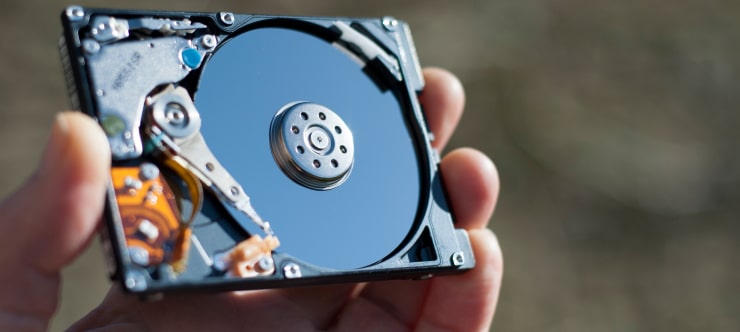
Hard Drive Data Recovery
Recover data from all brands of HDD, PC hard drives, and hybrid disks. Our specialists ensure fast and secure recovery for any data loss scenario.
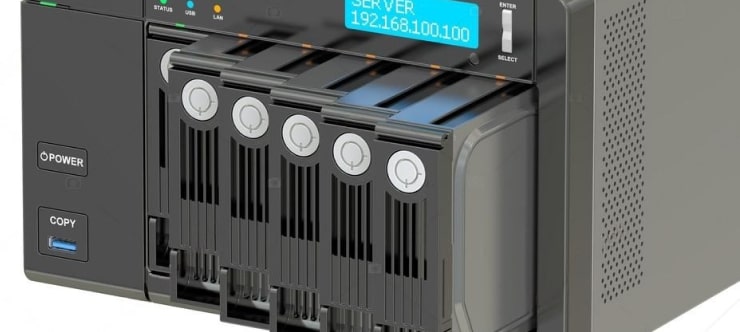
NAS Data Recovery
Recover data from NAS devices, including RAID configurations. Our team handles all types of NAS systems and ensures data recovery with minimal downtime.
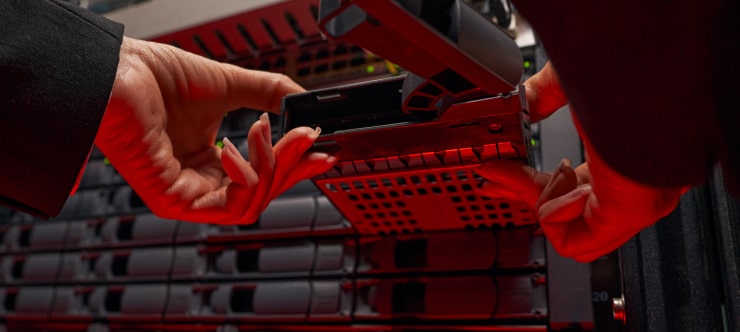
RAID Data Recovery
Our RAID data recovery services cover RAID 0, 1, 5, 10, and other configurations. We offer expert solutions for failed, degraded, or corrupted RAID arrays.

SAN Data Recovery
Our team specializes in handling SAN devices from leading manufacturers like Dell EMC, HP, and IBM, ensuring efficient recovery with minimal disruption to your operations.
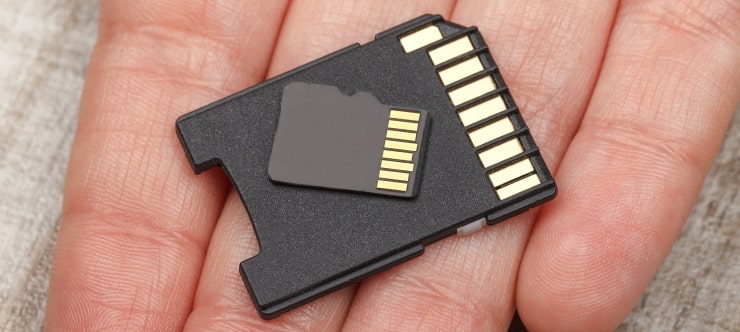
SD Card Data Recovery
Our recovery experts specialize in restoring data from SD and memory cards. We guarantee quick recovery with a no-data, no-charge policy.
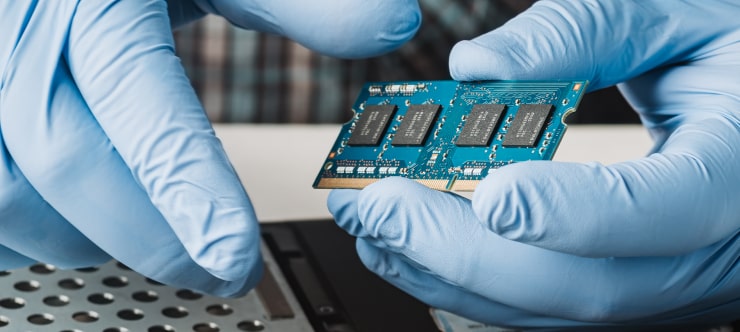
SSD Data Recovery
Our data recovery experts handle all SSD data loss scenarios with advanced tools, ensuring maximum recovery with high-security protocols.

USB Flash Drive Data Recovery
Recover lost data from USB flash drives, regardless of the damage or brand. We offer free in-lab evaluations to assess data recovery needs.
If you’re unsure about which data recovery service to choose, let our team assist you in selecting the appropriate solutions. We understand the anxiety that comes with a sudden drive failure, and we are more prompt in our actions compared to other recovery service providers.



